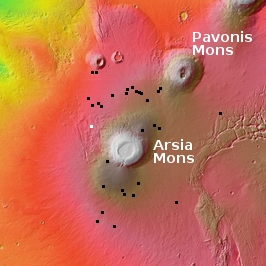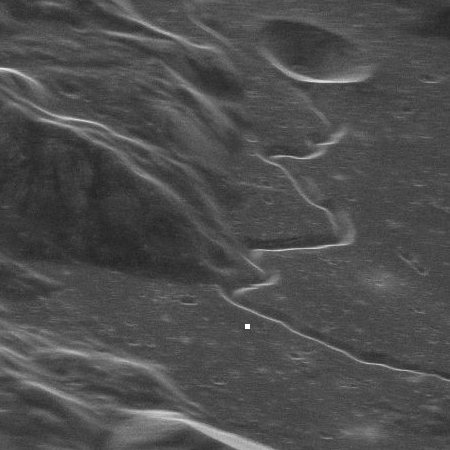NASA awards Firefly lunar contract
Capitalism in space: NASA yesterday announced that it has awarded the new smallsat rocket company Firefly a $93 million contract to build a lunar lander for delivering scientific payloads to the Moon’s surface.
This is the first delivery awarded to Firefly Aerospace, which will provide the lunar delivery service using its Blue Ghost lander, which the company designed and developed at its Cedar Park facility. This facility also will house the integration of NASA and any non-NASA payloads, and also will serve as the company’s mission operations center for the 2023 delivery.
The lander is based on the design of Israel’s Beresheet lunar lander that failed in its landing attempt in 2019. After that failure a group of Israeli engineers from that project formed their own company, and partnered with Firefly to build a new lander, which is now dubbed Blue Ghost.
The NASA contract itself replaces OrbitBeyond, which had won a lunar landing contract initially but had backed out in 2019.
Finally, the timing of this announcement immediately after Firefly had revamped its board of directors to remove its main Ukrainian backer from an obvious management position is most telling. Suggests to me that they did that revamping in direct response to NASA’s concerns, and once done NASA could then move forward with the contract award.
Capitalism in space: NASA yesterday announced that it has awarded the new smallsat rocket company Firefly a $93 million contract to build a lunar lander for delivering scientific payloads to the Moon’s surface.
This is the first delivery awarded to Firefly Aerospace, which will provide the lunar delivery service using its Blue Ghost lander, which the company designed and developed at its Cedar Park facility. This facility also will house the integration of NASA and any non-NASA payloads, and also will serve as the company’s mission operations center for the 2023 delivery.
The lander is based on the design of Israel’s Beresheet lunar lander that failed in its landing attempt in 2019. After that failure a group of Israeli engineers from that project formed their own company, and partnered with Firefly to build a new lander, which is now dubbed Blue Ghost.
The NASA contract itself replaces OrbitBeyond, which had won a lunar landing contract initially but had backed out in 2019.
Finally, the timing of this announcement immediately after Firefly had revamped its board of directors to remove its main Ukrainian backer from an obvious management position is most telling. Suggests to me that they did that revamping in direct response to NASA’s concerns, and once done NASA could then move forward with the contract award.








